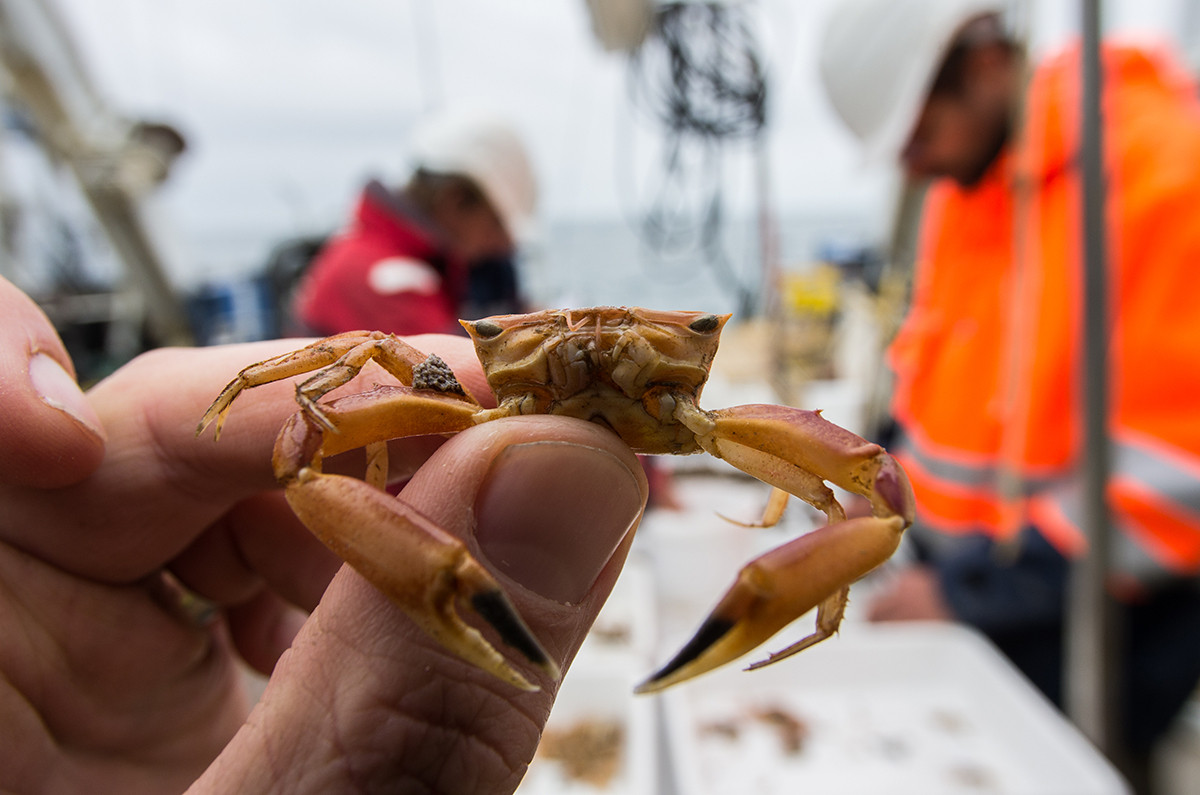Nederland hofleverancier van internationale natuurdatabank GBIF, onder andere met bijdragen van het NIOZ

Het GBIF-platform biedt iedereen, overal, directe toegang tot gratis en open data over waar en wanneer leven geïnventariseerd is op aarde. De voorbije jaren waren het voornamelijk biologen, IT-professionals, curatoren van musea en datawetenschappers die waarnemingen publiceerden op GBIF. Maar sinds kort dragen meer dan één miljoen mensen hun waarnemingen bij via natuurorganisaties en citizen science-projecten.
Nederlandse waarnemingen via NLBIF
Ondanks dat Nederland een klein land is, staan we met meer dan 28 miljoen waarnemingen op plaats acht van landen die het meest bijdragen. De miljoenen waarnemingen uit Nederland worden ingebracht via de coördinatie van de stichting NLBIF. De waarnemingen zijn afkomstig van zo'n 295 datasets, aangeleverd door 35 organisaties. Het merendeel van de data betreft monitoring- en onderzoekdata afkomstig van instituten als Wageningen Environmental Research en het NIOZ, Universiteiten en (semi-) overheidsorganisaties als STOWA, het RIVM en Rijkswaterstaat. Ook particuliere organisaties als Sportvisserij Nederland en RAVON leveren een bijdrage. Collectiedata zijn afkomstig van Naturalis Biodiversity Center, het Westerdijk Fungal Biodiversity Institute en een keur aan regionale musea.
Big data for biodiversity: GBIF.org surpasses 1 billion species occurrences (with many contributions from Dutch research institutes, among them NIOZ
GBIF’s global index and research infrastructure provides anyone, anywhere, with instant access to free and open data about where and when life forms occur on Earth. The milestone symbolizes a major collective achievement, one made possible through the work of the GBIF network, a diverse partnership of more than 1,200 public and private organizations from 123 countries.
According to Nature Today, Dutch contributions add up to 28 million (out of 1 billion species occurrences) and come from 295 datasets, supplied by 35 organizations: monitoring and research data from NIOZ, Wageningen Research, universities and organizations such as STOWA, the RIVM and Rijkswaterstaat. Private organizations such as Sportvisserij Nederland and RAVON also make a contribution. Collection dates are from Naturalis Biodiversity Center, the Westerdijk Fungal Biodiversity Institute and a variety of regional museums. The Dutch contributions were coordinated via the NLBIF Foundation.
More information: www.naturetoday.com